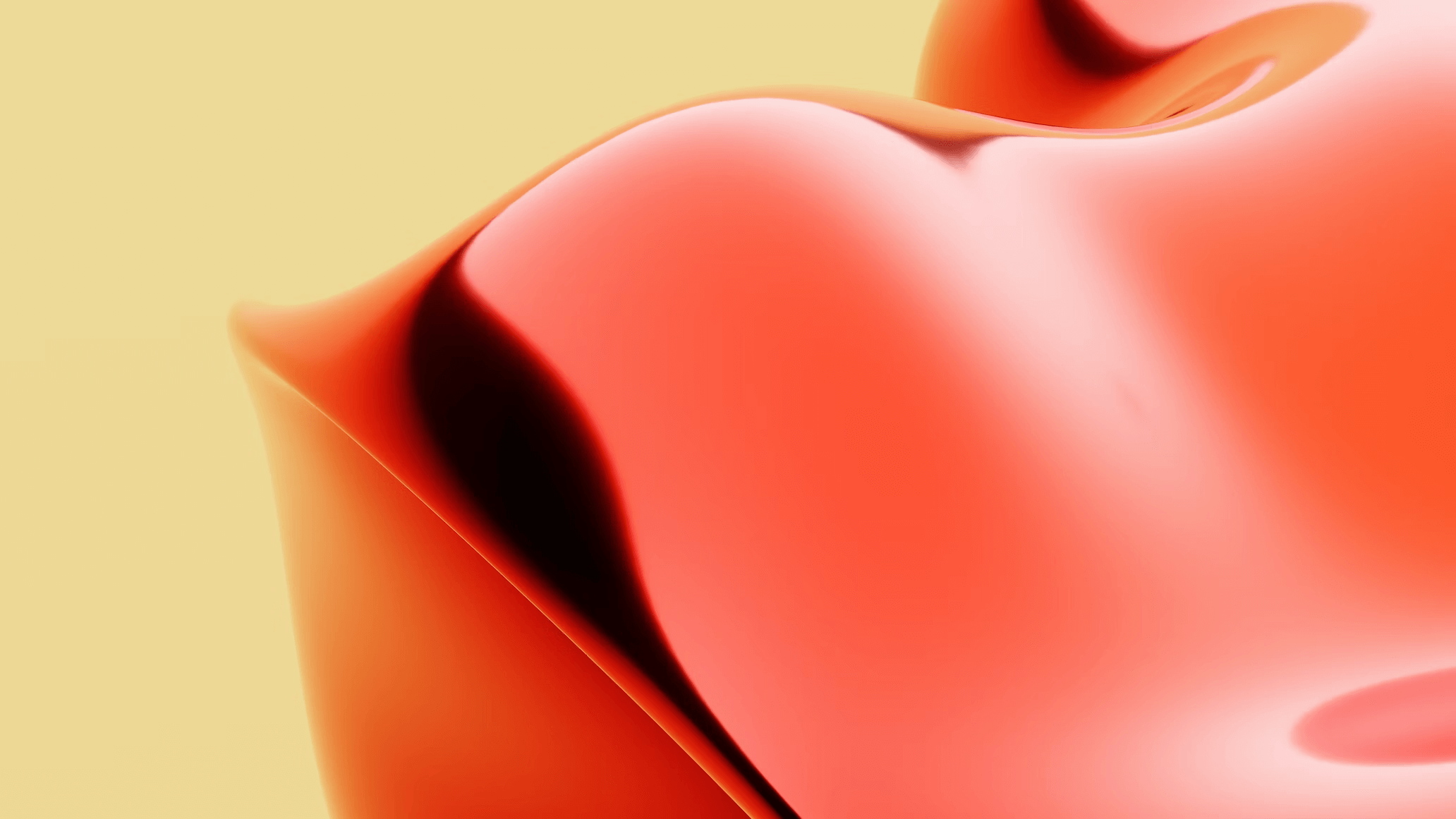Exploring the World of Fine Arts: From Classical to Modern
February 2, 2025 | by anhtvh.work@gmail.com

Exploring the World of Fine Arts: From Classical to Modern
Introduction: The Power of Art
Fine art, a universal language transcending linguistic and cultural barriers, has always played a crucial role in human history. From the earliest cave paintings to complex contemporary artworks, fine art reflects the soul, thoughts, and society of each era.
Classical Art: The Source of Creativity
Classical art, with its standards of proportion, balance, and perfection, has left a profound mark. The paintings of Renaissance masters like Leonardo da Vinci, Michelangelo, and Raphael, with their technical sophistication and depth of content, continue to captivate. Classical architecture, with its monumental and majestic structures such as the Parthenon and the Colosseum, testifies to the power and skill of the people of that time.
Classical Painting:
Classical painting is characterized by attention to detail, masterful technique, and mythological, religious, or portrait subjects. Artists used perspective, light, and color to create vibrant and emotionally rich works.
Classical Sculpture:
Classical sculpture often focuses on the human form, with perfect proportions and subtle expression of emotion. Famous statues like Michelangelo’s David are testaments to the pinnacle of classical sculpture.
Modern and Contemporary Art: Innovation and Experimentation
Modern art marks a major turning point with the emergence of various schools, each with its own perspective and language. From Impressionism, Cubism, Surrealism to Abstractionism, modern art breaks down traditional rules and strives for creative freedom.
Impressionism:
Impressionist painters such as Monet, Renoir, and Degas focused on capturing light and color in a moment. They used short, decisive brushstrokes to create unique visual effects.
Cubism:
Picasso and Braque, pioneers of Cubism, revolutionized the way we view space and form in painting. They fragmented and restructured images to represent multiple perspectives simultaneously.
Conclusion: Continuous Evolution
Fine art is not only a reflection of the world around us but also a reflection of the human soul. From cave paintings to modern digital artworks, fine art is constantly changing and developing, continuously exploring new possibilities and offering us rich aesthetic experiences.
Let’s explore and learn more about this vast world of fine arts!
RELATED POSTS
View all
